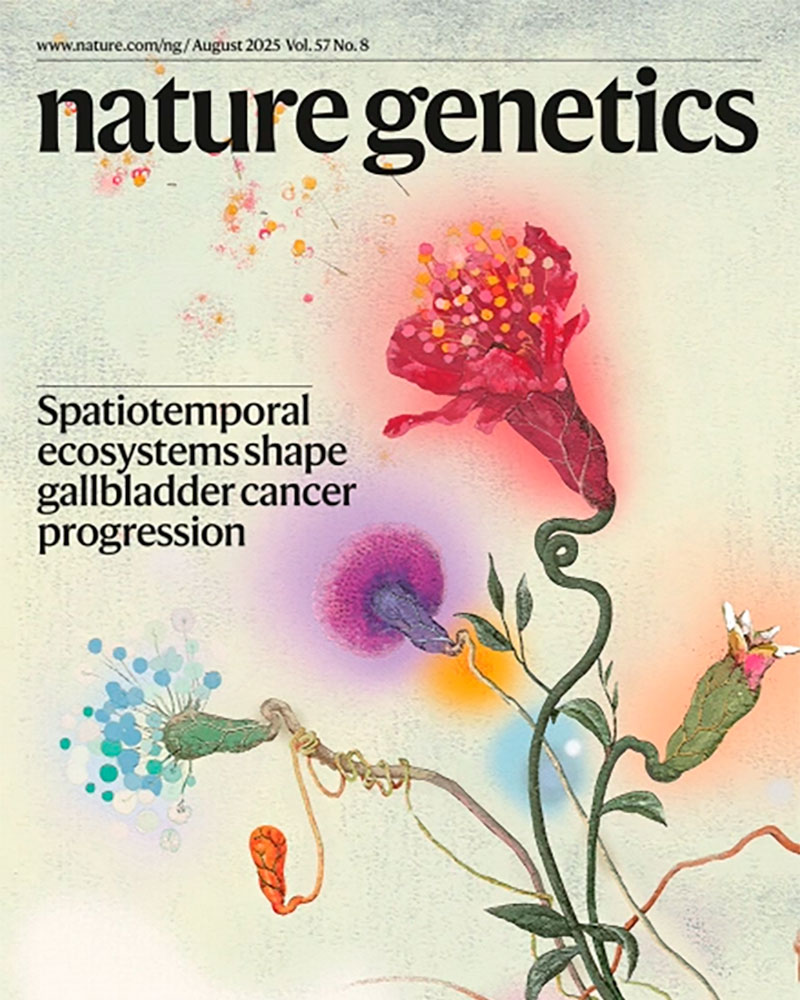Genetic variation at transcription factor binding sites largely explains phenotypic heritability in maize
Comprehensive maps of functional variation at transcription factor (TF) binding sites (cis-elements) are crucial for elucidating how genotype shapes phenotype. Here, we report the construction of a pan-cistrome of the maize leaf under well-watered and drought conditions.
We quantified haplotype-specific TF footprints across a pan-genome of 25 maize hybrids and mapped over 200,000 variants, genetic, epigenetic, or both (termed binding quantitative trait loci (bQTL)), linked to cis-element occupancy. Three lines of evidence support the functional significance of bQTL: (1) coincidence with causative loci that regulate traits, including vgt1, ZmTRE1 and the MITE transposon near ZmNAC111 under drought; (2) bQTL allelic bias is shared between inbred parents and matches chromatin immunoprecipitation sequencing results; and (3) partitioning genetic variation across genomic regions demonstrates that bQTL capture the majority of heritable trait variation across ~72% of 143 phenotypes. Our study provides an auspicious approach to make functional cis-variation accessible at scale for genetic studies and targeted engineering of complex traits.
Over the past two decades, genome-wide association studies (GWAS) have transformed our understanding of the inheritance of many complex traits in important crops such as maize. Several studies have estimated that non-coding variation accounts for about 50% of the additive genetic variance underlying phenotypic diversity in plants. Although identification of functional non-coding variants is advancing with the development of new genomics technologies5, it remains challenging to discern functional variants that impact cis-elements efficiently and at cistrome (defined as the genome-wide set of cis-acting regulatory loci) scale. Knowing which loci to target has become one of the obstacles for trait improvement by targeted genome editing.

